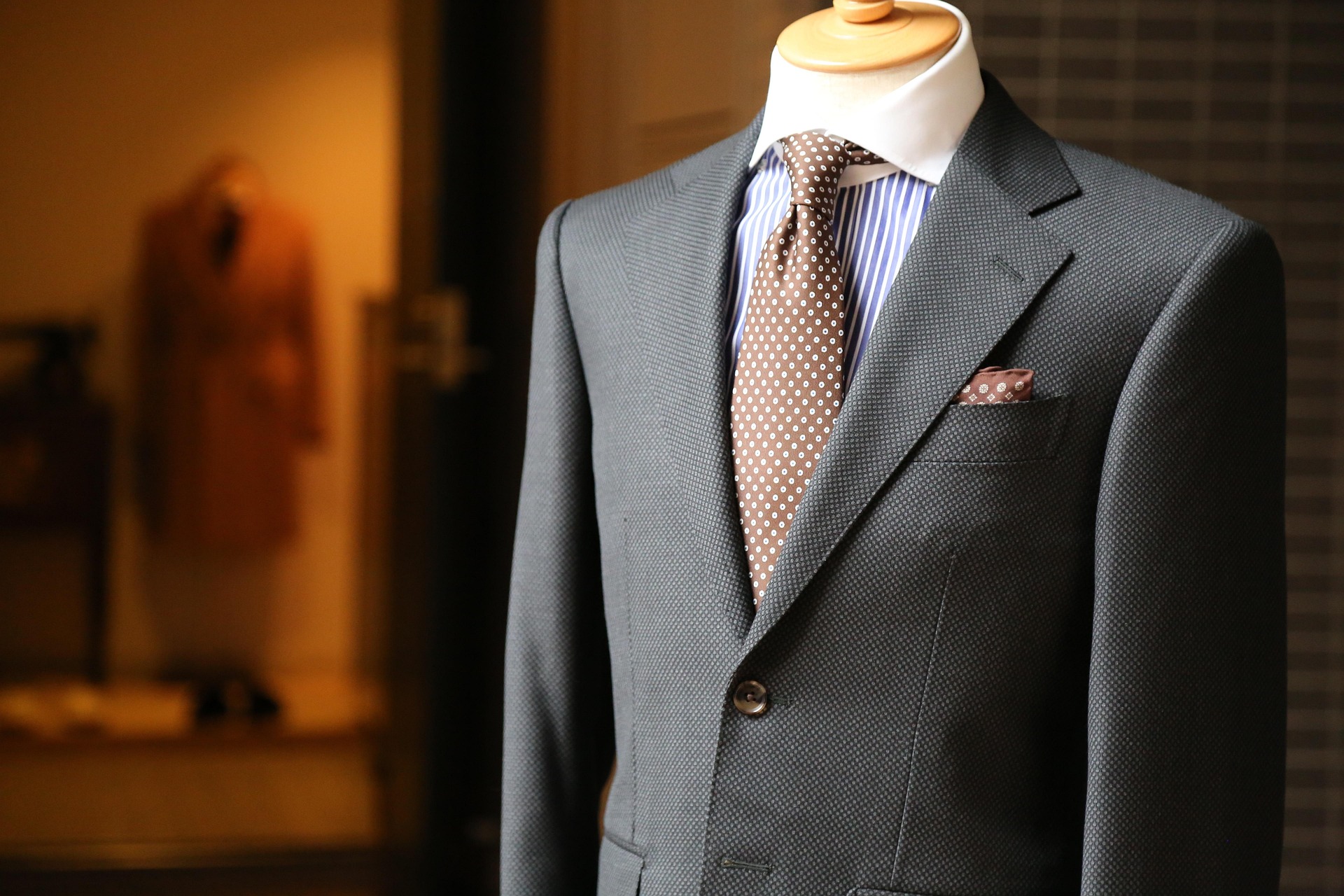Formal Clothes: Guide to Suits, Dresses, Ties and Business Attire
Formal clothes mark the boundary between casual wardrobe choices and outfits suited for ceremonies, corporate settings, and events with a dress code. Understanding what counts as formal, how pieces should fit, and how to combine items for different occasions helps you present a professional, appropriate image. This guide explains the core categories—suits, dresses, ties, and business attire—so you can select, maintain, and adapt formal clothes for a range of settings while keeping fit, fabric, and context in mind.
What are formal clothes?
Formal clothes refer to garments appropriate for events and environments that require a polished appearance, such as weddings, funerals, court appearances, and corporate meetings. The defining features are structured silhouettes, high-quality fabrics, and attention to fit. Formal garments often adhere to traditional color palettes—navy, black, charcoal, and muted tones—and avoid overly casual details like distressed finishes or loud graphics. Accessories and grooming are part of the overall look: clean shoes, minimal jewelry, and a neat hairstyle can be as important as the clothing itself when signaling formality.
How to choose suits?
Choosing suits begins with fit: shoulder seams should align with your natural shoulders, and the jacket should close without pulling. Prioritize a tailored fit over off-the-rack looseness; small alterations at a local tailor can transform a suit. Fabric matters—wool and wool blends offer durability and breathability, while lighter linens suit warm climates but wrinkle more easily. Consider the occasion: single-breasted navy or charcoal suits work for most business settings, while black suits are reserved for very formal or evening events. Pay attention to trouser break and jacket length for a balanced proportion.
How to style dresses for formal events?
Formal dresses vary by event formality and cultural expectations. For business formal, knee-length sheath or wrap dresses in solid colors and modest necklines are common. For evening formal events, midi or floor-length options in structured fabrics create a refined silhouette. Choose linings and quality closures to ensure comfort and fit. Neutral or coordinating footwear and subtle jewelry keep the look polished without competing with the dress. If a dress code is specified, such as black tie or cocktail, match the formality with appropriate hem length, fabric sheen, and accessory choices.
What role do ties play?
Ties act as a focal accessory in many formal outfits, signaling attention to detail and conformity to traditional dress codes. The choice of fabric—silk, wool, or knit—affects texture and suitability: silk ties are versatile for business and formal events, while wool ties suit colder months. Knot selection (four-in-hand, half-Windsor, full Windsor) influences the collar balance; wider knots pair with spread collars, narrower knots with point collars. Color and pattern should complement rather than clash with the suit and shirt—solid neutrals, subtle stripes, or small-scale patterns work best for formal settings.
How to assemble business attire?
Business attire combines formality with practical comfort for daily professional settings. Start with well-fitting base pieces: a neutral suit or blazer, a button-down or blouse, and dress trousers or a pencil skirt. Layering adds adaptability—blazers, lightweight sweaters, or vests adjust to office temperatures. Shoes should be clean and conservative: oxfords, loafers, or low-heeled pumps. Keep accessories minimal and functional: a leather belt, a watch, and a professional bag. When in doubt, err toward slightly more formal choices and observe local services or workplace norms to match expectations in your area.
Conclusion
Formal clothes are about clarity of intent: the garments, fit, and accessories together communicate respect for an event or environment. Whether selecting suits, dresses, ties, or assembling business attire, prioritize proper fit, appropriate fabric, and situational awareness. Small investments in tailoring, quality fabrics, and neutral palettes make formal wardrobes more versatile and longer lasting. Paying attention to these elements helps ensure your attire aligns with both the occasion and professional standards without unnecessary complexity.







